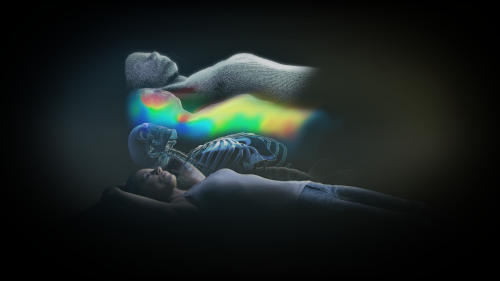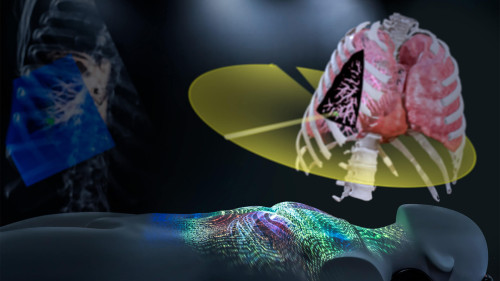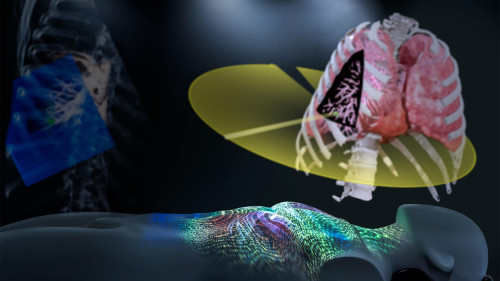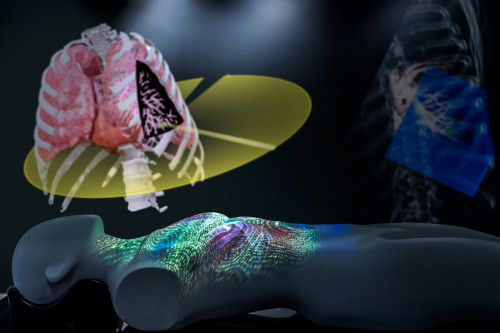Big News! 🎉 We are excited to announce that the Brainlab Novalis Circle 10th International Conference is happening on September 17-19, 2026, in the vibrant city of Munich, Germany!
Mark your calendars and get ready for two full days of cutting-edge scientific talks and thought-provoking discussions, featuring some of the most brilliant minds in the world of stereotactic radiosurgery and stereotactic body radiation therapy.
It’s going to be an unforgettable event, and we can’t wait to see you there!
You can find more information here: Novalis Circle Conference 2026 | Brainlab
The Brainlab Academy is pleased to host the "Clinical Fundamentals of ExacTrac Dynamic" course in cooperation with Klinikum der Universität München LMU.
This course is a comprehensive training program designed to demonstrate the versatility of ExacTrac Dynamic for different indications. During the course, you will learn general positioning and monitoring strategies for cranial and extracranial indications. The course will also cover dedicated breath-hold techniques and implanted marker tracking. During the hands-on session, you will receive tips and tricks from experienced Brainlab trainers and clinical users. More information here.
Interested? Contact your local Brainlab Sales representative.
*Please note: A Brainlab Academy ticket is needed to be able to attend this course.
Exciting News!
Join us in Nashville, Tennessee for the Brainlab Regional Symposium happening November 14 and 15, 2025!
This 2 day symposium will bring together clinicians, physicists, and innovators from across the region to explore the latest breakthroughs in radiation oncology, featuring Brainlab’s cutting-edge SRS and SBRT solutions. From cranial SRS to extracranial treatments like DIBH breast, prostate, and lung applications — there's something for every aspect of clinical practice.
Agenda is coming soon
Click here to register
Looking forward to seeing you there!
Join us in Warsaw on June 24th, 2025, for the Brainlab Central Europe SRS & SBRT Symposium 2025. Experience an inspiring lineup of expert talks and engaging discussions on cutting-edge developments in radiotherapy and radiosurgery.
Highlights of the symposium:
- Discover advancements: Attend scientific talks and explore the latest techniques in precision, personalization, and standardization of SRS & SBRT.
- Join interactive sessions: Take part in live demonstrations and dynamic discussions that will shape the future of patient care.
- Network with experts: Engage with leading professionals in the field and connect with peers from across Central Europe.
We look forward to welcoming you to Warsaw this June! Click here to learn more: Welcome | Brainlab
Join us in Brussels for a vibrant evening with insightful clinical talks by renowned clinical experts and inspirational discussions on SRS & SBRT.
Experience cutting edge of radiotherapy and radiosurgery at our exciting sunset symposium focused on precision, personalization, and standardization in Stereotactic Radiosurgery (SRS) and Stereotactic Body Radiation Therapy (SBRT). This event will bring together clinicians, medical physicists, and radiation oncologists to share valuable clinical techniques and innovative management strategies, as well as insights into the transformative impact of big data in the field of SRS & SBRT.
We look forward to welcoming you to Brussels for this inspiring event! Click here to learn more: Welcome | Brainlab
We just installed and went live with Exactrac Dynamic 2.0. Is there a way to generate a template the is x-ray only, no surface guidance? Our patient has a very posterior isocenter and very large abdomen and the surface guidance cannot track the patient which made for a disastrous treatment. Thanks.
Join the Symposium!
The Brainlab UK & Ireland Radiotherapy Symposium 2024 will focus on precision, personalization and evolution in radiotherapy and radiosurgery.
Led by the Charing Cross Hospital team, this meeting is an opportunity for clinicians, medical physicists and radiation oncologists to share insights on clinical techniques, exchange management approaches, tools and the use of big data in radiotherapy and radiosurgery treatments.
Attendees have the opportunity to take part in scientific talks, live demonstrations and informative discussions.
We look forward to seeing you all in London!
To register click here








